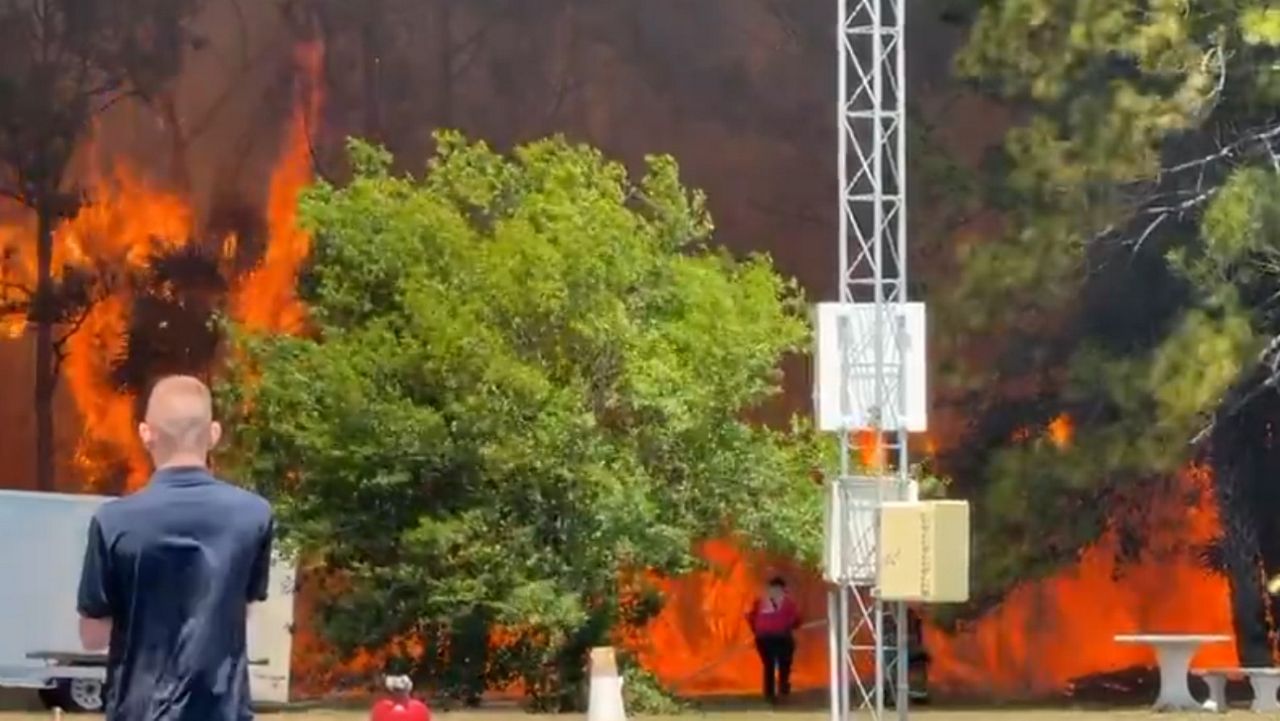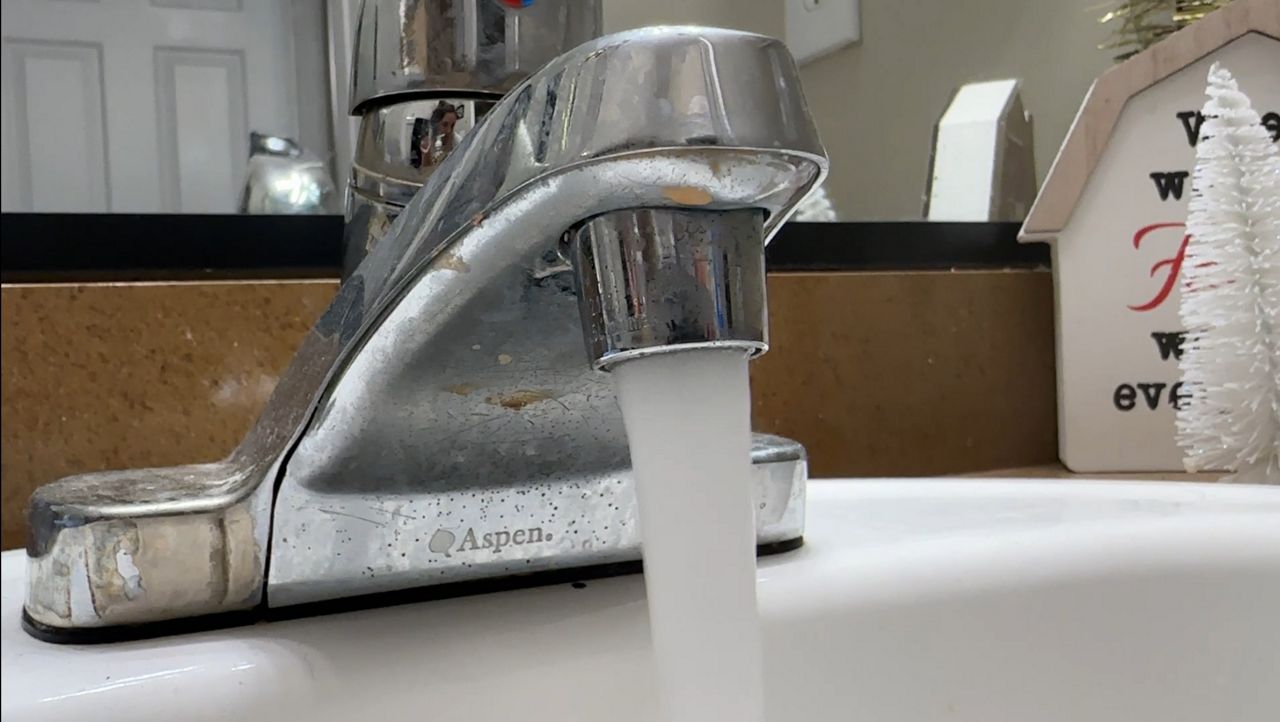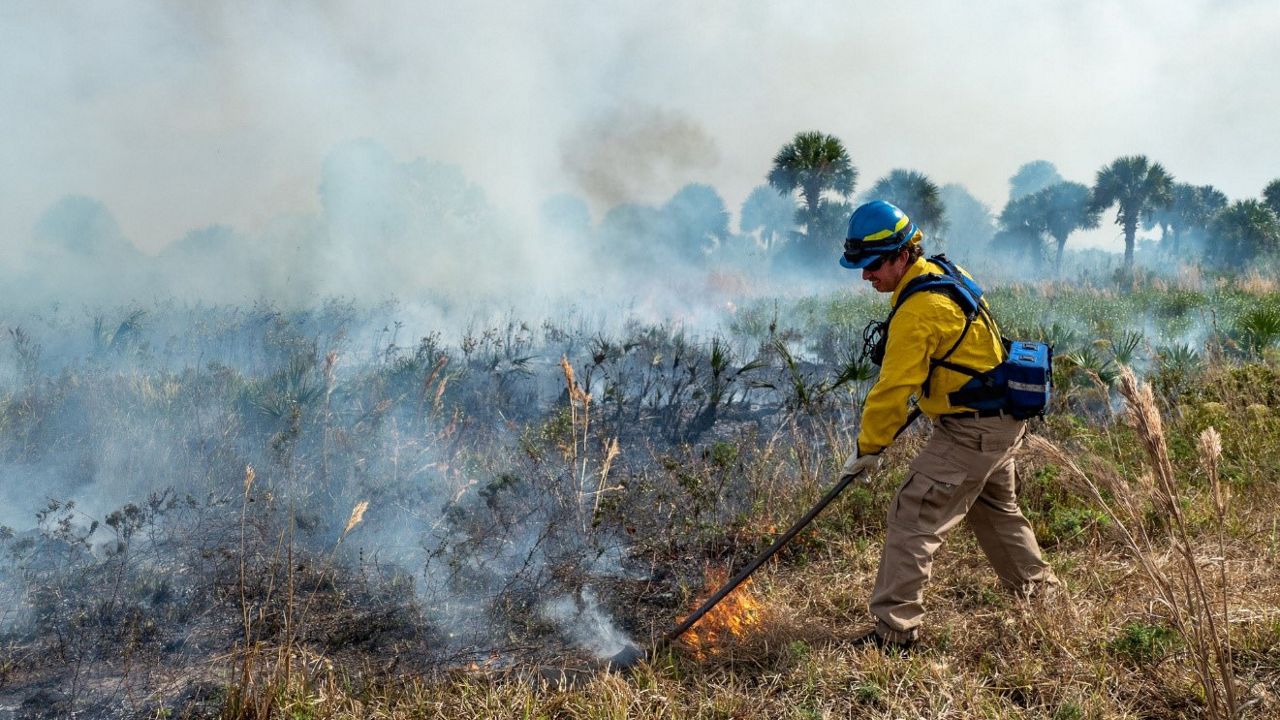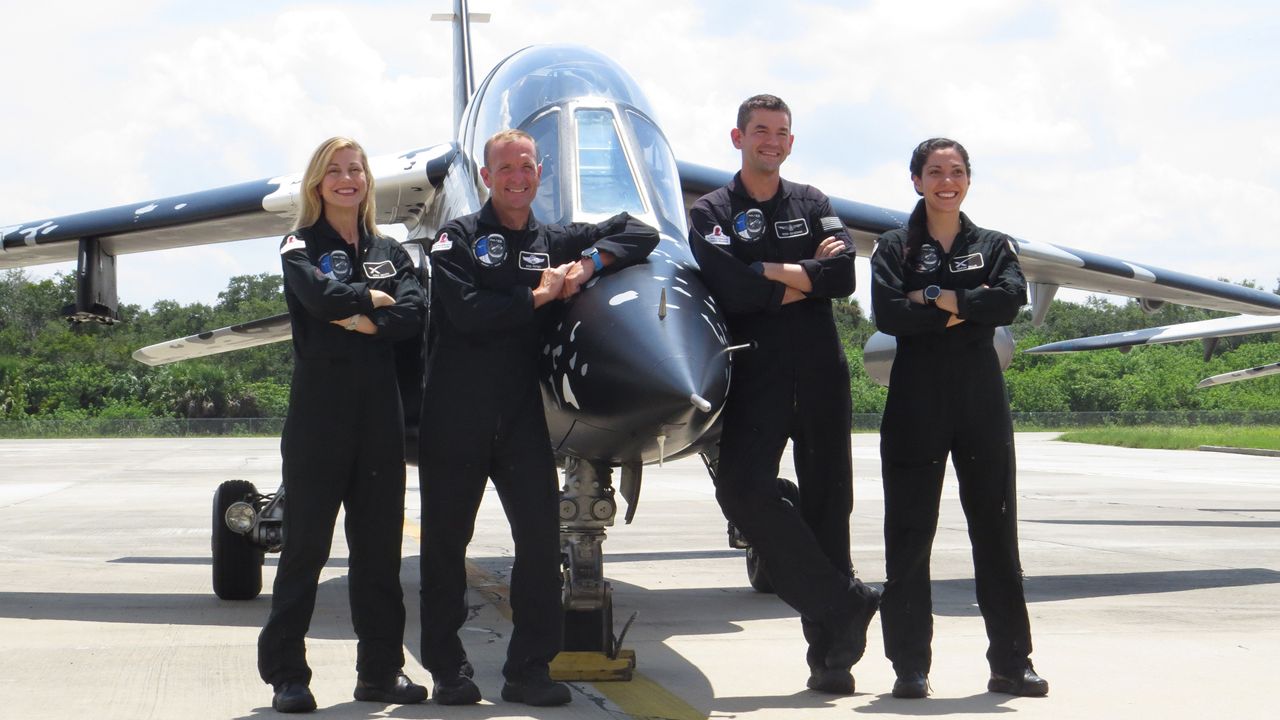BREVARD COUNTY, Fla. — Less than a day after launching from the Kennedy Space Center in Florida, the SpaceX Cargo Dragon spacecraft carrying a new slate of science supplies arrived at the International Space Station.
NASA confirmed that the spacecraft was soft captured at the zenith port of the Harmony module of the ISS at 7:39 am EST.
What You Need To Know
- The Cargo Dragon for the CRS-26 mission arrived at the International Space Station shortly after 7:30 am EST on Sunday
- This mission debuted the final planned flight of a new Cargo Dragon spacecraft
- The SpaceX Cargo Dragon 211-1 will remain docked at the ISS for 45 days
- The mission brought solar arrays, CubeSats and science experiments to the ISS
NASA astronauts Josh Cassada and Nicole Mann monitored the arrival of the Cargo Dragon spacecraft through docking Sunday morning.
“Great work down there today. We’re excited to unpack and get to work,” Cassada said to Mission Control in Houston after the Dragon made soft capture with the Space Station.
“Yeah, absolutely! You’ve got a room full of happy flight controllers down here. It’s exciting to see SpaceX Dragon 26 join ISS,” Megan Harvey, CapCom for the mission replied. “Hopefully, you can enjoy your well-deserved and long-awaited ice cream soon!”
Sunday morning’s docking brought 7,777 pounds (3,528 kg) of science supplies and cargo to the orbiting outpost. As noted with the ice cream reference, it also included a collection of Thanksgiving treats for the astronauts of Expedition 68, which would’ve arrived in time for the holiday, were it not for the weather delay last week.
“We’ll have some frozen treats and ice cream for the crew. We’ll have some Thanksgiving-type foods such as spicy green beans, cran-apple desserts, almonds, pumpkin pie, candy corn, just a number of items,” Joel Montalbano, NASA’s ISS program manager told Spectrum News during a pre-launch media teleconference.
“In addition, our standard food menu allows them to have everything that we eat on Thanksgiving, you know, mashed potatoes, candy yams, mac and cheese, for those who want mac and cheese for Thanksgiving. So, we’re gonna get those fed very well for Thanksgiving.”
The CRS-26 launch was the debut mission for Cargo Dragon 211-1, the last new Cargo Dragon set to be added to the SpaceX fleet. It brings the total number of Dragons to seven (four crew, three cargo) until the debut of a newly announced Crew Dragon, which is targeting its inaugural flight in 2024.
Underneath the pressurized Dragon capsule in the trunk space are a pair of ISS Roll-Out Solar Arrays (iROSA). It’s the second set to arrive at the ISS, following the first, which launched with the CRS-22 mission in June 2021.
The iROSAs, which are built by Florida-based Redwire Space in partnership with Boeing and Spectrolab, a Boeing subsidiary; are the third and fourth arrays to head up to the ISS. Once all six are installed, they are expected to increase the power on station by up to 30 percent, from 160 kilowatts up to 215 kilowatts.
#CRS26's @SpaceX Dragon spacecraft has separated from its Falcon 9 rocket and is now on its way to the @Space_Station.
— NASA (@NASA) November 26, 2022
Tune in for docking coverage beginning at 6am EST (1100 UTC) on Sunday, Nov. 27: https://t.co/OiuPCalmzR pic.twitter.com/0Srwcraxi9
During a pre-launch teleconference with media, Montalbano described the newest solar arrays as having “critical importance.”
“In addition to the two solar arrays that are to be delivered on SpaceX-26, we have some life support equipment being delivered, some GPS hardware, some exercise hardware and some medical equipment,” Montalbano said.
He noted that because of the time needed to install the newest iROSAs, this Cargo Dragon will stay docked to the ISS for 45 days, longer than the typical 30 days for a non-crewed Dragon.
Crew onboard the Space Station will use the Canadarm to remove the iROSA wings from the Dragon trunk. iROSA wing 3 will be installed during a Dec. 3 spacewalk, which is set to begin at 7:25 am EST. and last up to seven hours. NASA is targeting no earlier than Dec. 19 to install wing 4.
Back on Tuesday, Nov. 15, NASA astronauts Frank Rubio and Cassada completed a spacewalk to install the support hardware for the third and final set of iROSAs targeting launch in 2023.
Today’s spacewalk has begun. Watch astronauts Josh Cassada (suit with red stripes) and Frank Rubio (unmarked suit) prepare the @Space_Station for the arrival of new solar arrays. The spacewalk is expected to last seven hours. https://t.co/0Z7mh2yqZw pic.twitter.com/RSFEwAmmnq
— NASA (@NASA) November 15, 2022
In addition to the iROSAs, there were also four CubeSats launched for NASA’s Educational Launch of Nanosatellites (ELaNa) 49 mission. They join four others to make up the 24th mission for Nanoracks’ CubeSat Deployer mission, which will jettison the following CubeSats from the ISS:
- SPORT – 6U Brazilian Space Agency (AEB), the Technical Aeronautics Institute in Brazil (ITA), the National Institute for Space Research in Brazil (INPE), NASA’s Marshall Spaceflight Center, with Participation from Utah State University, The Aerospace Corporation, NASA’s Goddard Spaceflight Center, and University of Texas at Dallas (NASA CubeSat Launch Initiative)
- LORIS – 2U Dalhousie University- Canadian CubeSat Project (Canadian Space Agency)
- ORCASat – 2U University of Victoria – Canadian CubeSat Project (Canadian Space Agency)
- DanteSat –3U NPC SpaceMind (Italy)
- NUTSat – 2U Gran Systems (Taiwan)
- petitSat – 6U NASA Goddard (NASA CubeSat Launch Initiative)
- MARIO – 3U University of Michigan (NASA CubeSat Launch Initiative)
- TJREVERB – 2U Thomas Jefferson High School, Virginia (NASA CubeSat Launch Initiative)
These CubeSats join a host of other science experiments, like the seeds for the Veg-05 experiment to grow and harvest dwarf tomatoes as well as the Moon Microscope, a type of blood smear imaging designed to perform in space what is a common medical test done on Earth.
In addition to the NASA-backed payloads, the Melbourne-based ISS National Lab also helped sponsor a number of experiments that were sent to the Space Station on the CRS-26 mission.
The next mission set to head up to the ISS will be the SpaceX Crew-6 mission targeting launch Feb. 15, 2023.









